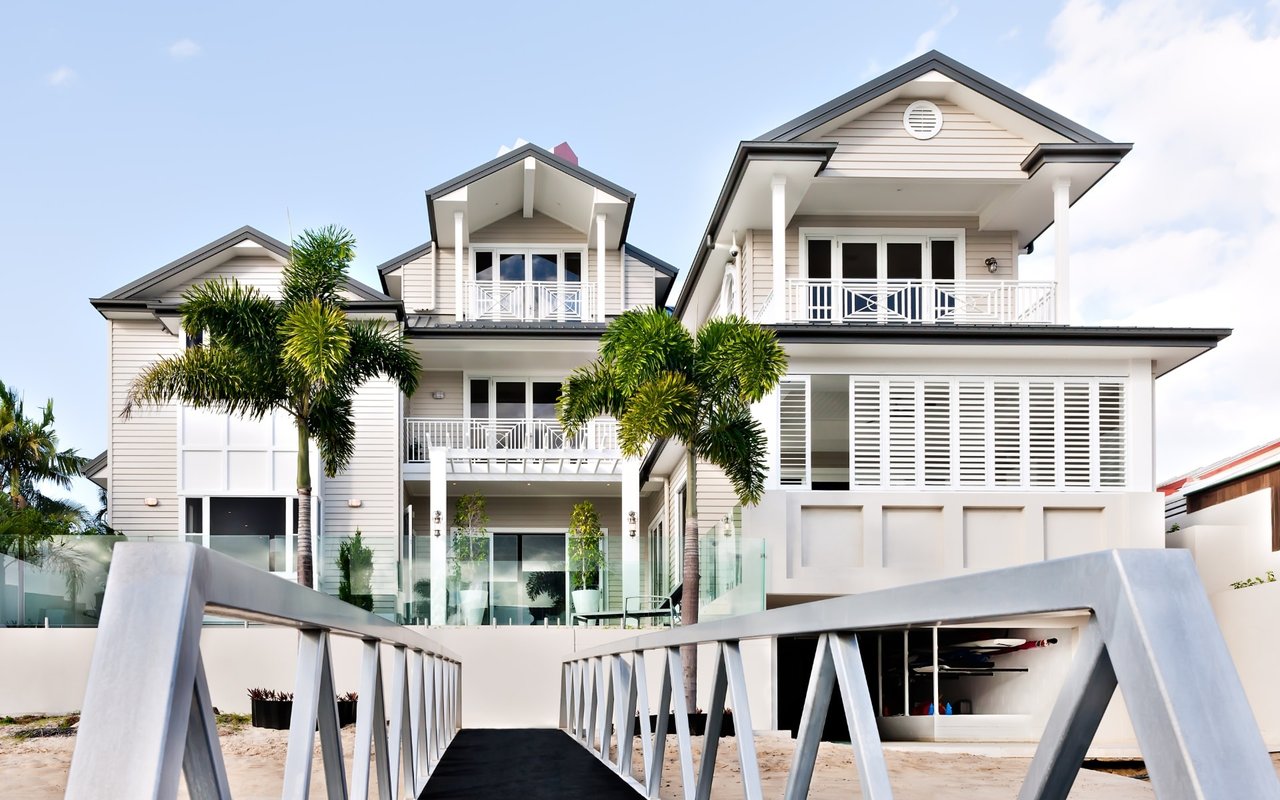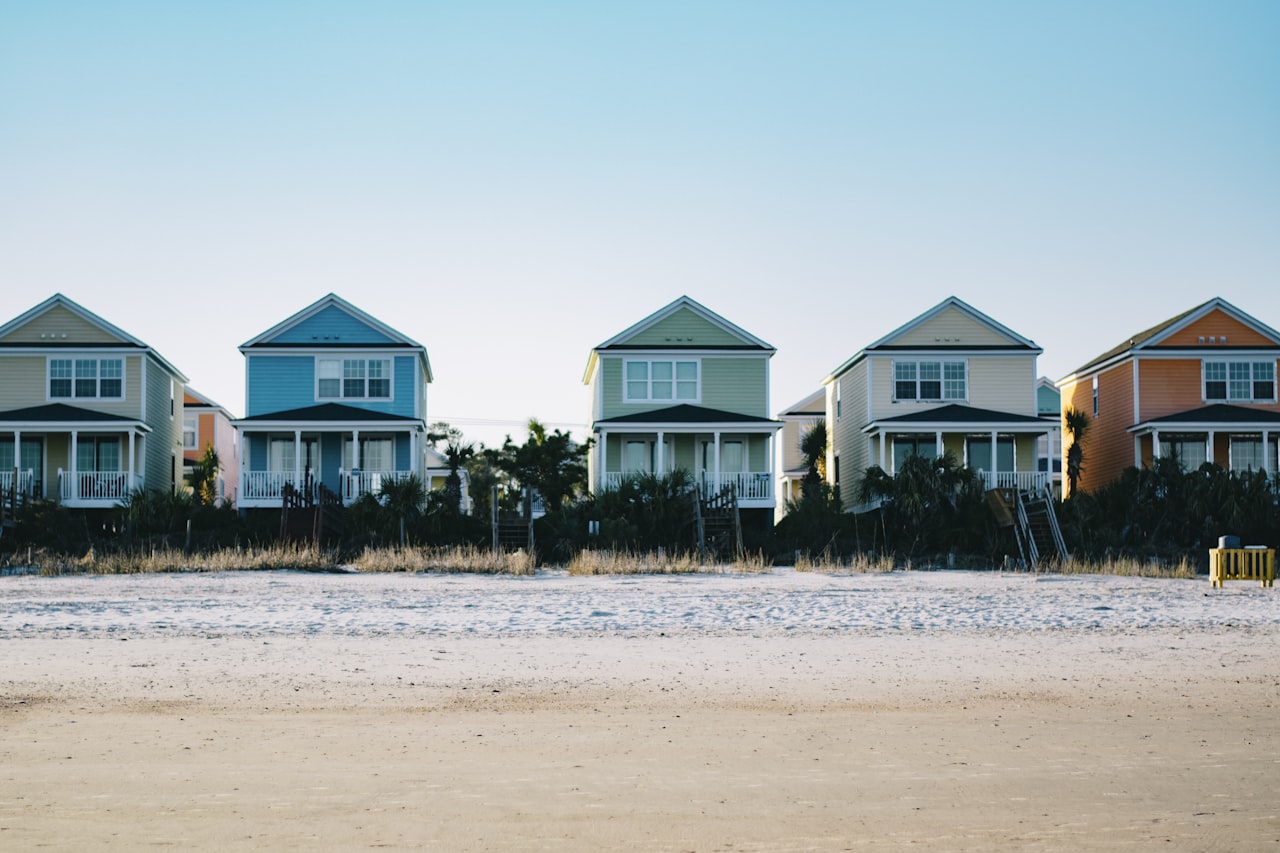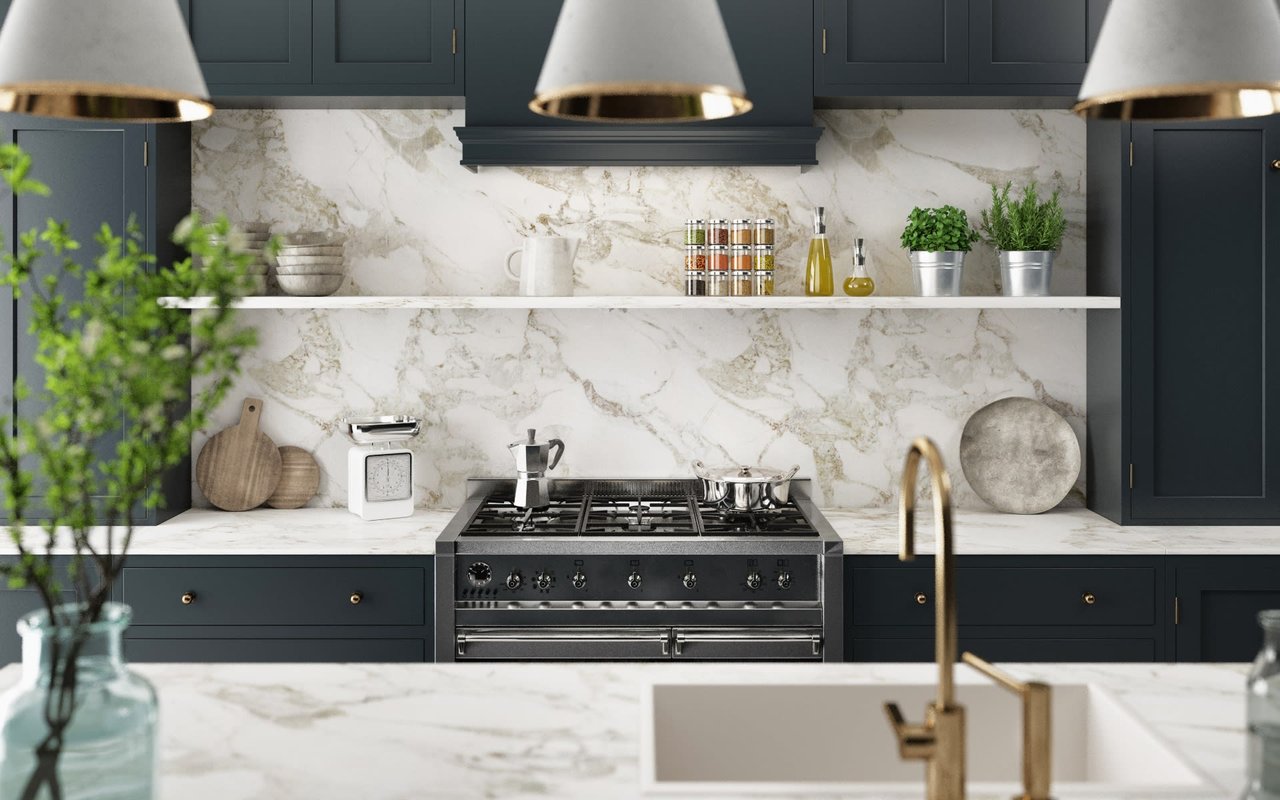
Interest Rate Buydowns
Marie Pohlman February 11, 2021

Marie Pohlman February 11, 2021
An interest-rate buydown is a tool to help you qualify for a larger loan and purchase a higher-priced house than you could under normal circumstances. A buydown allows you to pay extra (tax-deductible) points upfront in return for a lower interest rate for the first few years. Often, people relocating for employment obtain buydowns because employers sometimes pay the extra points as part of a relocation package.
While the most common way of obtaining a buydown is by paying extra points upfront, many mortgage companies now increase the note rate to cover the cost in later years.
The most common is the 2-1 buydown, which can cost 3 additional points above current market points. During the first year of the mortgage, the interest rate is reduced by 2 percent and 1 percent the second year. So if you get a 7 percent interest rate on a 30-year fixed mortgage, you’d pay 5 percent the first year, 6 percent the second year, and 7 percent for the remaining life of the loan.
Another option is the 3-2-1 buydown. This reduces the mortgage rate by 3 percent the first year, 2 percent the second, and 1 percent the third. Thereafter you pay the full rate.
Some programs are “flex-fixed” buydowns that increase interest at six-month intervals instead of annually.

Marie Pohlman
If you’re thinking of selling in the near future, potential buyers are certainly going to gauge this workspace.

Marie Pohlman
Many things have changed over the past couple of years, and real estate is no exception.

Marie Pohlman
For many households, the kitchen tends to be one of the most-used spaces in the home.

Marie Pohlman
Check out open houses for homes similar to yours that are also on the market.

Marie Pohlman
It is the process by which a neutral third party mediates a real estate deal, holding money and property.

Marie Pohlman
An interest-rate buydown is a tool to help you qualify for a larger loan and purchase a higher-priced house.

Marie Pohlman
The debt-to-income ratio is the way mortgage lenders decide how much money you can afford to borrow.

Marie Pohlman
When selling your home, your first thought may not be keeping potential buyers happy.

Marie Pohlman
Have you heard your lender mention "points"? This is what they mean when discussing points on your loan.
If you're wanting a Real Estate Agent with exceptional communication, unwavering patience, extensive knowledge of the Lowcountry's market, and one that produces results, please don't hesitate to reach out!